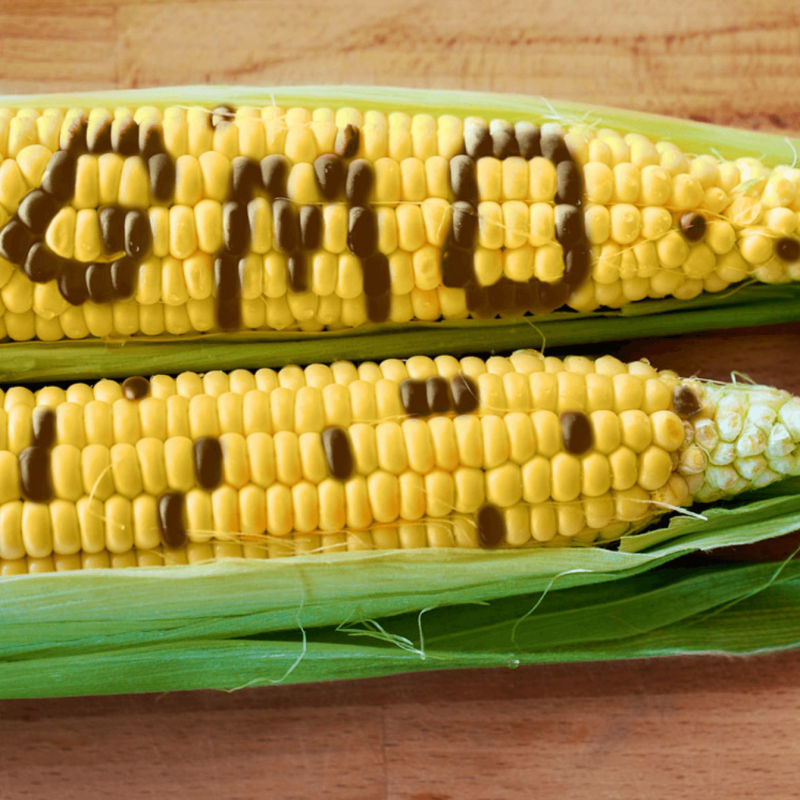The initialism stands for “genetically modified organism,” but it’s a term lacking scientific precision. Moreover, it’s hard to find an organism in any way connected to humans that hasn’t been genetically modified, says Alison Van Eenennaam, a geneticist at UC-Davis who specializes in animal biotechnology. “I might argue that a great Dane or a Corgi are ‘genetically modified’ relative to their ancestor, the wolf,” she tells Mental Floss. “‘GMO’ is not a very useful term. Modified for what and why is really the more important question.”
…
These days, when people say “GMO,” they tend to mean one particular modification method that scientists refer to as transgenesis. As Van Eenennaam explains, transgenesis is “a plant-breeding method whereby useful genetic variation is moved from one species to another using the methods of modern molecular biology, also known as genetic engineering.”
Transgenic crops and animals have been modified with the addition of one or more genes from another living organism, using either a “gene gun,” Agrobacteria—a genus of naturally occurring bacteria that insert DNA into plants—or electricity, in a process called electroporation.
The GLP aggregated and excerpted this article to reflect the diversity of news, opinion and analysis. Read full, original post: What Is a GMO?































